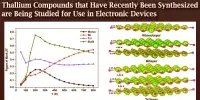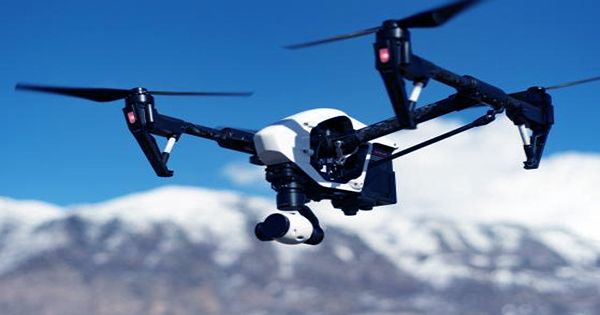Wearable electronics could eventually be entirely comprised of recycled waste materials and driven by human movement, owing to a novel energy-harvesting technology created at the University of Surrey.
E-waste, or electronic garbage, is significantly increasing environmental contamination due to plastic, poisonous, and semiconducting components of existing electronic products. Toxic materials can leak into the soil and groundwater when disposed into landfills, impacting not only our health but also the health of land and sea species.
To address these difficulties, the use of eco-friendly materials in the design of such gadgets is gaining popularity. The University of Surrey has introduced a unique wrist device comprised of used paper wipes and plastic cups that runs on energy gathered from the wearer’s movements. The team is currently concentrating on plans to incorporate the technology into smartwatches.
Scientists have developed a wrist device composed of used paper wipes and plastic cups that runs on energy gathered from the wearer’s movements. The prototype device can send Morse code, and the team is now working on plans to incorporate this technology into smart watches.
It won’t be long before we have to ask ourselves which of our possessions are not internet-connected. The present internet-of-things (IoT) revolution, on the other hand, exposes the fact that our planet lacks the raw materials needed to continue manufacturing these in-demand devices. Our research shows that there is a road to developing sustainable technology that is powered by electricity generated by us, the technology’s users.
Dr. Bhaskar Dudem
According to Dr. Bhaskar Dudem, project leader and Research Fellow at the University of Surrey’s Advanced Technology Institute (ATI), “It won’t be long before we have to ask ourselves which of our possessions are not internet-connected. The present internet-of-things (IoT) revolution, on the other hand, exposes the fact that our planet lacks the raw materials needed to continue manufacturing these in-demand devices. Our research shows that there is a road to developing sustainable technology that is powered by electricity generated by us, the technology’s users.”
The ‘self-powered’ wearable device is made possible by materials that become electrically charged when they come into touch with one another. These materials, also known as Triboelectric Nanogenerators (TENGs), capture energy from movement using a mechanism known as electrostatic induction. The TENG is made of plastic debris and carbon-coated paper wipes gathered from a garbage can.

Surrey’s invention is “self-powered” because it is made of materials that become electrically charged when they come into contact with one another. These materials (also known as Triboelectric Nanogenerators (TENGs)) capture energy from movement via a process known as electrostatic induction.
The researchers first focused on demonstrating the functionality of the recycled TENG itself, demonstrating that it could provide enough energy to operate low-power electrical devices. The device was later used to generate Morse code from a wearable for autonomous communication. A 9-segment keyboard is created by rebuilding nine-TENGs and connecting them to an Arduino controller, which displays the 9-segment actuation on a computer screen.
The device is predicted to have an impact on self-powered sensors and internet of things systems in the future. The creators believe their energy-harvesting wearable device might be a game changer in the consumer, medical, and security sectors in the future. The creators believe their energy-harvesting wearable device might be a game changer in the consumer, medical, and security sectors in the future.
According to Professor Ravi Silva, Director of ATI at the University of Surrey: “The Advanced Technology Institute’s primary goal is to contribute to the creation of a world in which sustainable energy is accessible to all. This key purpose is embodied by our energy-harvesting technology, and we are ready to collaborate with industry to guarantee that this technology realizes its full potential.”
The self-powered device is based on Triboelectric Nanogenerators (TENGs), which are materials that become electrically charged when they come into touch with one another. Energy is extracted from movement using static charge in a technique known as electrostatic induction.
Dr. Bhaskar Dudem, a Research Fellow at the University of Surrey’s Advanced Technology Institute (ATI) and project lead for the gadget, commented, “It won’t be long before we have to ask ourselves which of the items we possess are not connected to the internet.” However, the present internet-of-things (IoT) revolution underlines the basic fact that our planet lacks the raw materials needed to continue manufacturing these in-demand devices.”
“Our research shows that there is a road to create sustainable technology that runs on electricity generated by us, the users of that technology,” stated Dr. Bhaskar Dudem.
















